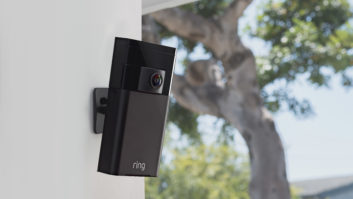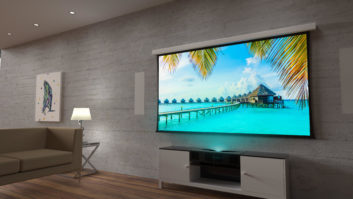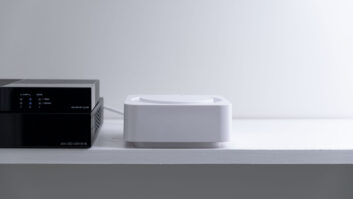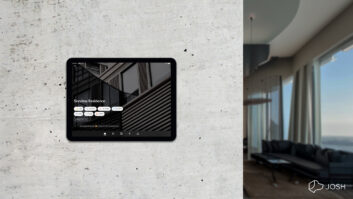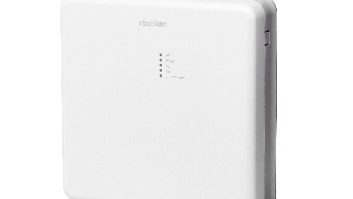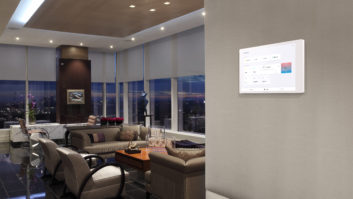Ever since a colleague raved about the amazing success he was having with Eero mesh networking products, I have been using them regularly in retrofit situations where getting new wires run is expensive and difficult (and sometimes, in NYC pre-War apartment buildings, virtually impossible). What an amazing solution these little problem solvers are. While they have not been highly profitable, with a creative pricing strategy and purchasing through distribution, we have been able to make an OK margin. While it is not our primary networking solution (we turn to Araknis for that), it has been becoming more and more popular in our product mix.
Also by Todd Anthony Puma: How Low Do You Go?
Now Amazon has acquired Eero. I am concerned about what that will mean for my business and our industry. Just as Google acquired Nest and introduced Google Home and Google WiFi, now Amazon has Ring, the Echo/Alexa ecosystem, and Eero. I have seen Echo and Echo Dot available at some distributors, and the margin is a whopping $2-5 per unit. If that is what happens to Eero, we will need to find another solution or a different pricing model. And then what happens when Amazon starts offering to have someone come set up the Eero, install the Ring, and connect the Dot—all for an incredibly low price of $69? So how do we compete with GAFA (Google/Amazon/Facebook/Apple)?
I know many of you reading this will say, “That is why I don’t even dabble in the consumer-grade product out there. I don’t sell Sonos, Ring, Eero, Harmony, etc.” And I agree with you…mostly. There are just some products that do it better than anything else, or offer something no other product line does. For example, if a client wants native Apple Music, Sonos is really the only option. If a client does not have a robust wiring infrastructure, sometimes a mesh network is the best solution. We used to use MoCA or Powerline, but mesh just works better and is more reliable. Unfortunately, we are small potatoes for these vendors, and they just don’t really care about or focus on our industry. They are direct-to-consumer, and will likely never make us a priority. We need to adjust to the reality of that and run our businesses accordingly. I foresee dealers taking one of two routes:
- CI product only. Many dealers are very successful going this route. This is by and large how I run my business. We sell product that supports us, so that when we need support, we know we will get it. We know we won’t be undercut by our vendor partners when they go B2C and cut end users a better deal than we can (i.e., free 2-day shipping from Sonos). For the high-end, luxury clientele this will continue to be a successful strategy, as that client is less willing to do things themselves and they are less price sensitive.
- Adjust pricing strategies. Other dealers who continue to thrive with a more consumer-grade product mix will need to get creative with how they price the product and their services. Maybe they bundle the price of the product with the installation to blur the lines between product cost and labor. Maybe product is sold in bundles, for example, as a “Network Solution” that includes three Eeros, a Wattbox, a network switch, and a service plan. Other dealers may go down the route of a NaaS (I just coined that — Network as a Service). This is more along the lines of a security pricing model — install the gear for a low or zero cost and then charge a monthly maintenance and monitoring fee that will recoup the costs in a short time (6-12 months) and then become a profit center for years to come (hopefully). This model would require a significant capital commitment from the dealer, as they would need to front the costs for all of the hardware and recover it over time. It is an interesting model and something I have thought about, but just haven’t gone down that road.
What do you think? How will you combat or partner with the rise of GAFA?
Also by Todd Anthony Puma: Maximizing the Best Ecosystems

